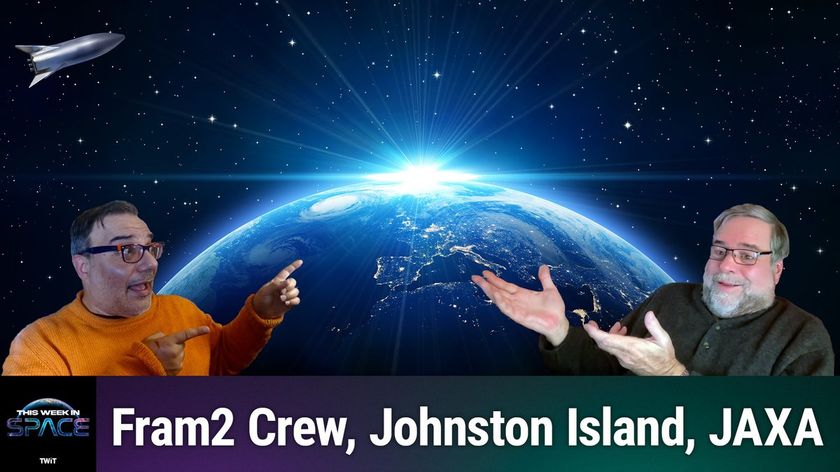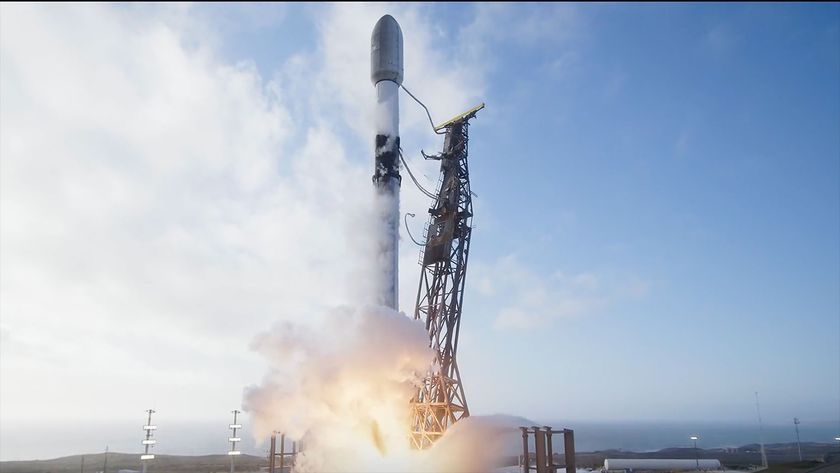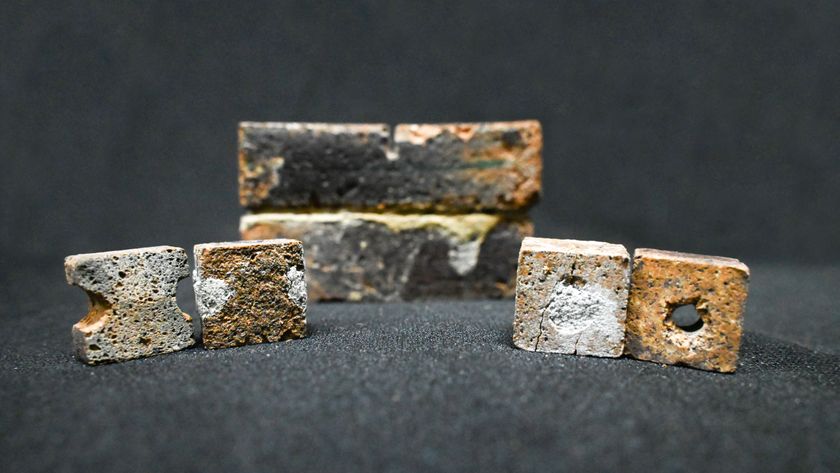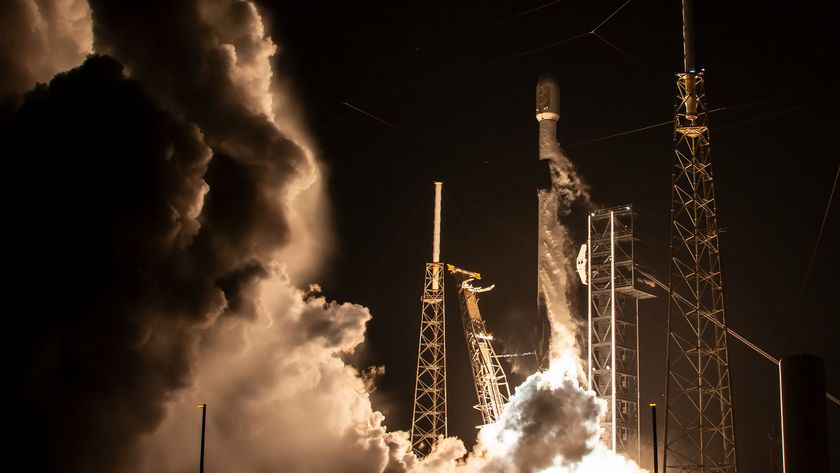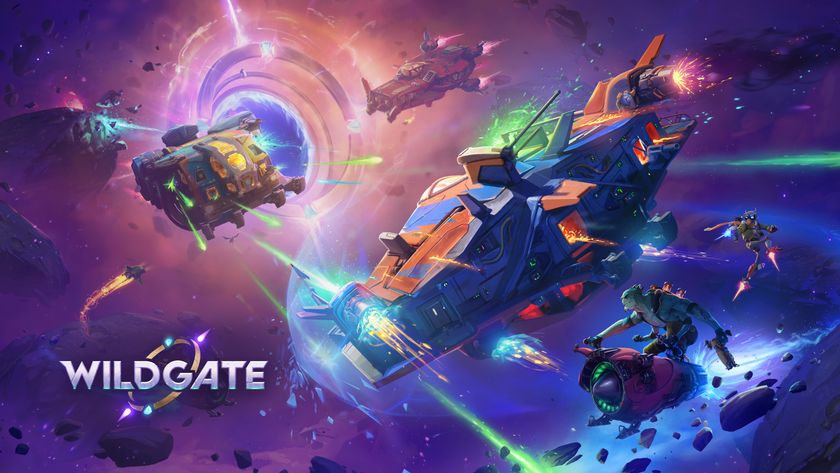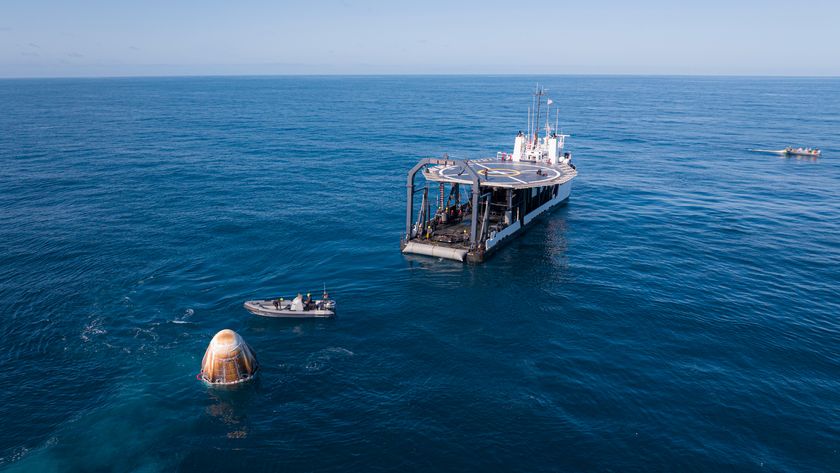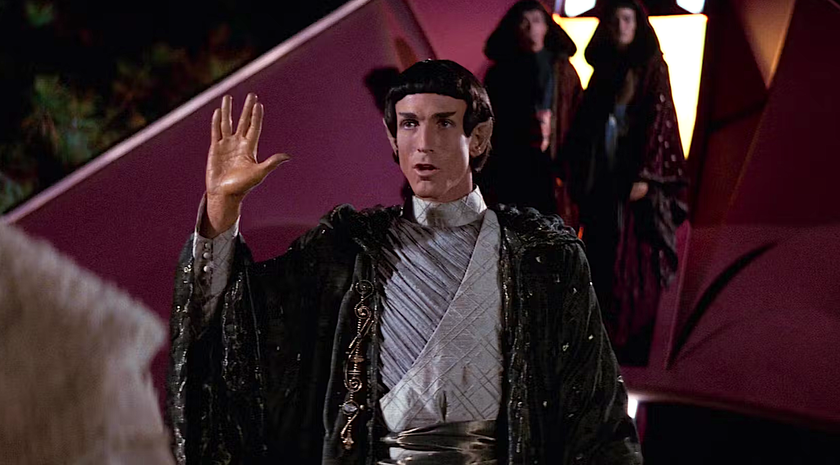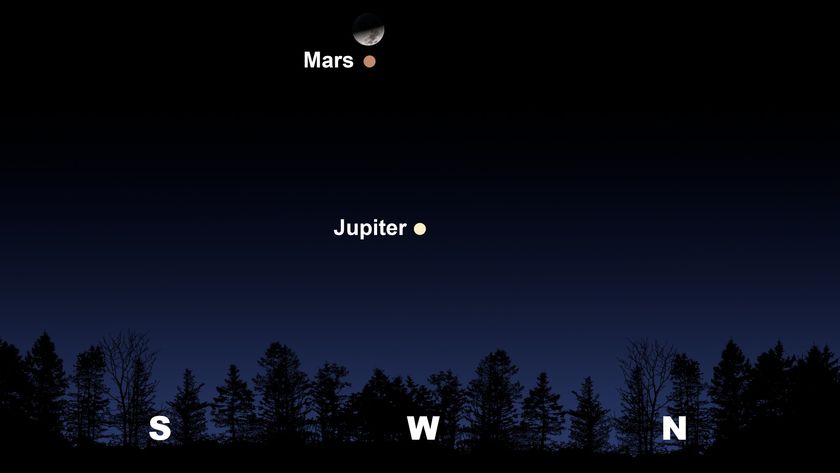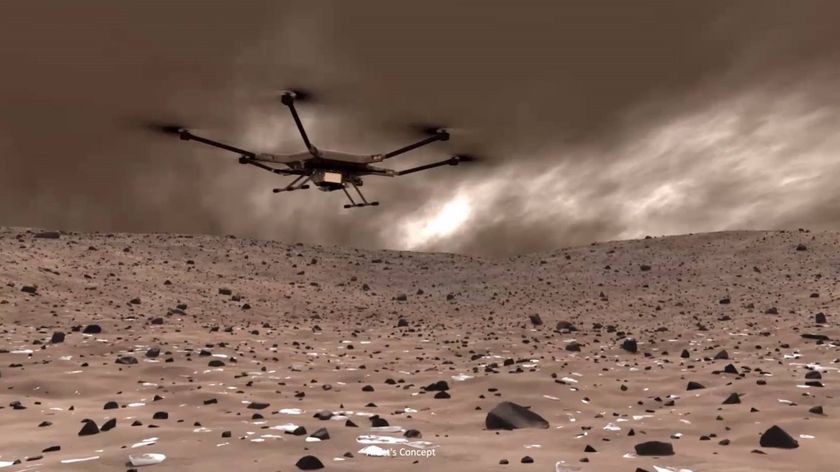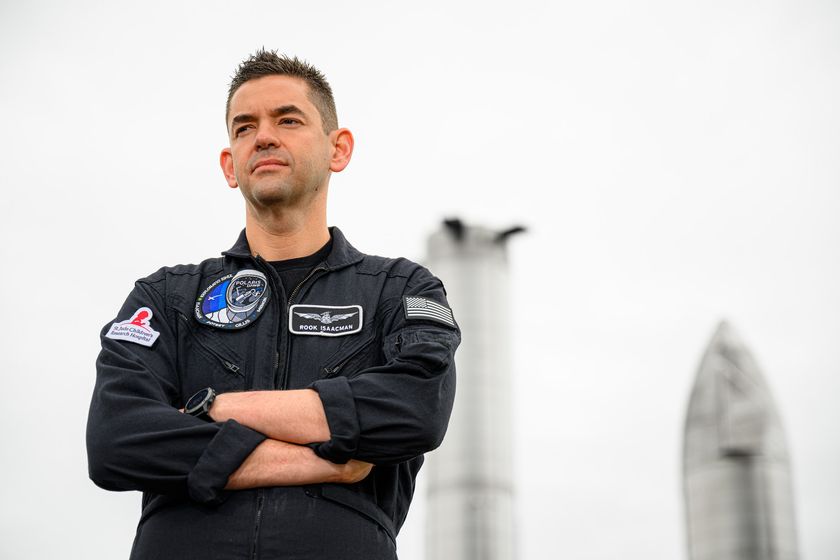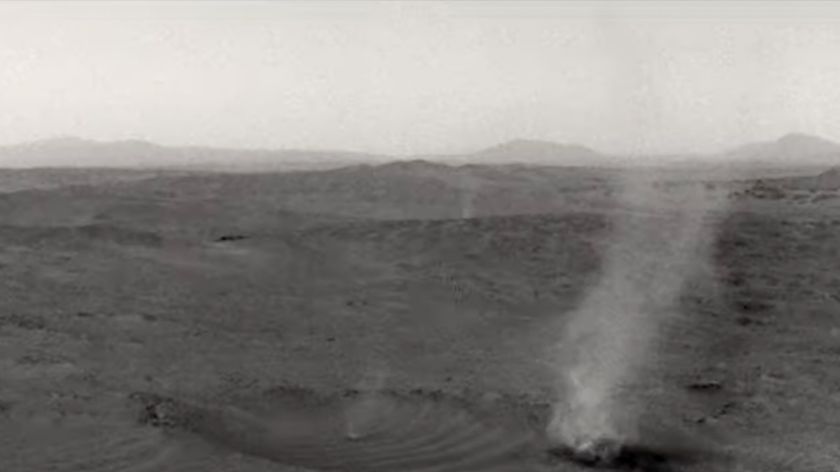NASA delays new astronaut selection due to coronavirus constraints
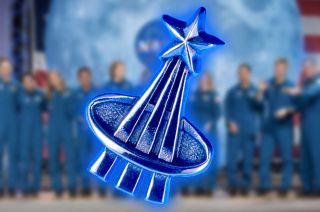
NASA has delayed the selection of its next astronaut class, citing constraints related to the ongoing spread of the coronavirus.
The space agency revised its astronaut selection timeline on Monday (Aug. 24), and notified the more than 12,000 people who applied in March. NASA had been planning to reveal the members of its 23rd group of astronaut candidates in June 2021. The selection has now been postponed by four to five months, according to the agency's website.
"We anticipate announcing a new class of astronauts late in 2021, instead of June," Anne Roemer, the manager of NASA's Astronaut Selection Office, wrote in an email to the applicants on Monday (a copy of the email was shared by a reader with collectSPACE.com). "We did not feel we could safely conduct in-person activities given social distancing requirements and travel concerns."
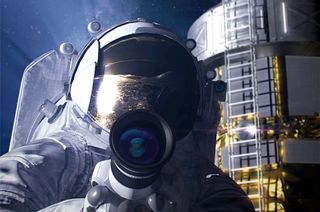
According to NASA's originally published schedule, the first round of interviews with "highly-qualified" applicants was set to begin in September and extend through the end of the year. During that time, groups of interviewees would be invited to travel to Johnson Space Center in Houston for initial screenings and other selection activities.
The continued spread of the coronavirus, however, has meant that Johnson Space Center has had to remain at Stage 3 of NASA's nationwide COVID response, requiring mandatory telework and virtual meetings only. The center would need to first step down to Stage 1 before events such as the interviews could resume.
The interviews, which are conducted by a panel of experienced astronauts and division leaders from across the agency, are the first, and often only, opportunity for the applicants to distinguish themselves and for NASA to get a feel if they would be a good fit for the corps. Historically, the questions have been focused on learning what motivated the person to apply, who they are as a person and how well they would work as part of a team.
The visit to Johnson also provides the applicants with an introduction to where they might work, what will be expected of them and who some of their coworkers may be, as well it is when they undergo medical examinations.
Get the Space.com Newsletter
Breaking space news, the latest updates on rocket launches, skywatching events and more!
Under the revised schedule, the initial interviews will now begin in February 2021 and continue through April. Rounds two and three of the interviews will then follow in June to July and September, respectively.
The selected candidates will be announced in October or November 2021, with the new trainees reporting to work at Johnson Space Center in December.
The application period for the new class opened on March 2 and closed on March 31. The number of people who applied marked the second-highest number of responses NASA has received in its 60 years of recruiting astronauts, surpassed only by the 18,300 who applied for the prior group in late 2015 and early 2016.
The number of astronaut candidates NASA will select with the new class will depend on the program's needs, including supporting ongoing expeditions to the International Space Station and new missions to the moon and, eventually, Mars as part of the Artemis program.
"We are thrilled to see so many incredible Americans apply to join us," NASA Administrator Jim Bridenstine said in a statement in April, after the application period had closed. "The next class of Artemis Generation astronauts will help us explore more of the moon than ever before and lead us to the Red Planet."
After their selection at the end of the year, the new astronaut candidates will be put through approximately two years of basic training, including learning how to spacewalk, control robotics and maintain spacecraft systems, as well as hone their experiences leading and working as a team.
Follow collectSPACE.com on Facebook and on Twitter at @collectSPACE. Copyright 2020 collectSPACE.com. All rights reserved.
Join our Space Forums to keep talking space on the latest missions, night sky and more! And if you have a news tip, correction or comment, let us know at: community@space.com.

Robert Pearlman is a space historian, journalist and the founder and editor of collectSPACE.com, a daily news publication and community devoted to space history with a particular focus on how and where space exploration intersects with pop culture. Pearlman is also a contributing writer for Space.com and co-author of "Space Stations: The Art, Science, and Reality of Working in Space” published by Smithsonian Books in 2018.In 2009, he was inducted into the U.S. Space Camp Hall of Fame in Huntsville, Alabama. In 2021, he was honored by the American Astronautical Society with the Ordway Award for Sustained Excellence in Spaceflight History. In 2023, the National Space Club Florida Committee recognized Pearlman with the Kolcum News and Communications Award for excellence in telling the space story along the Space Coast and throughout the world.

